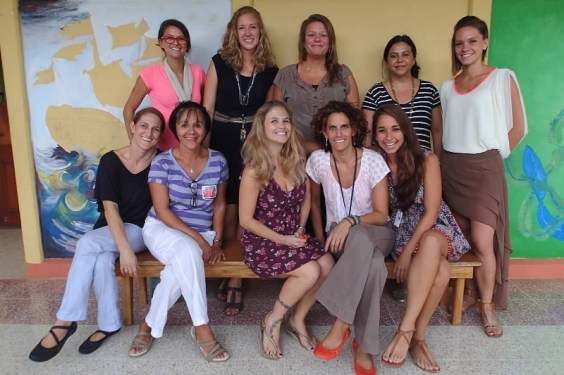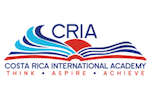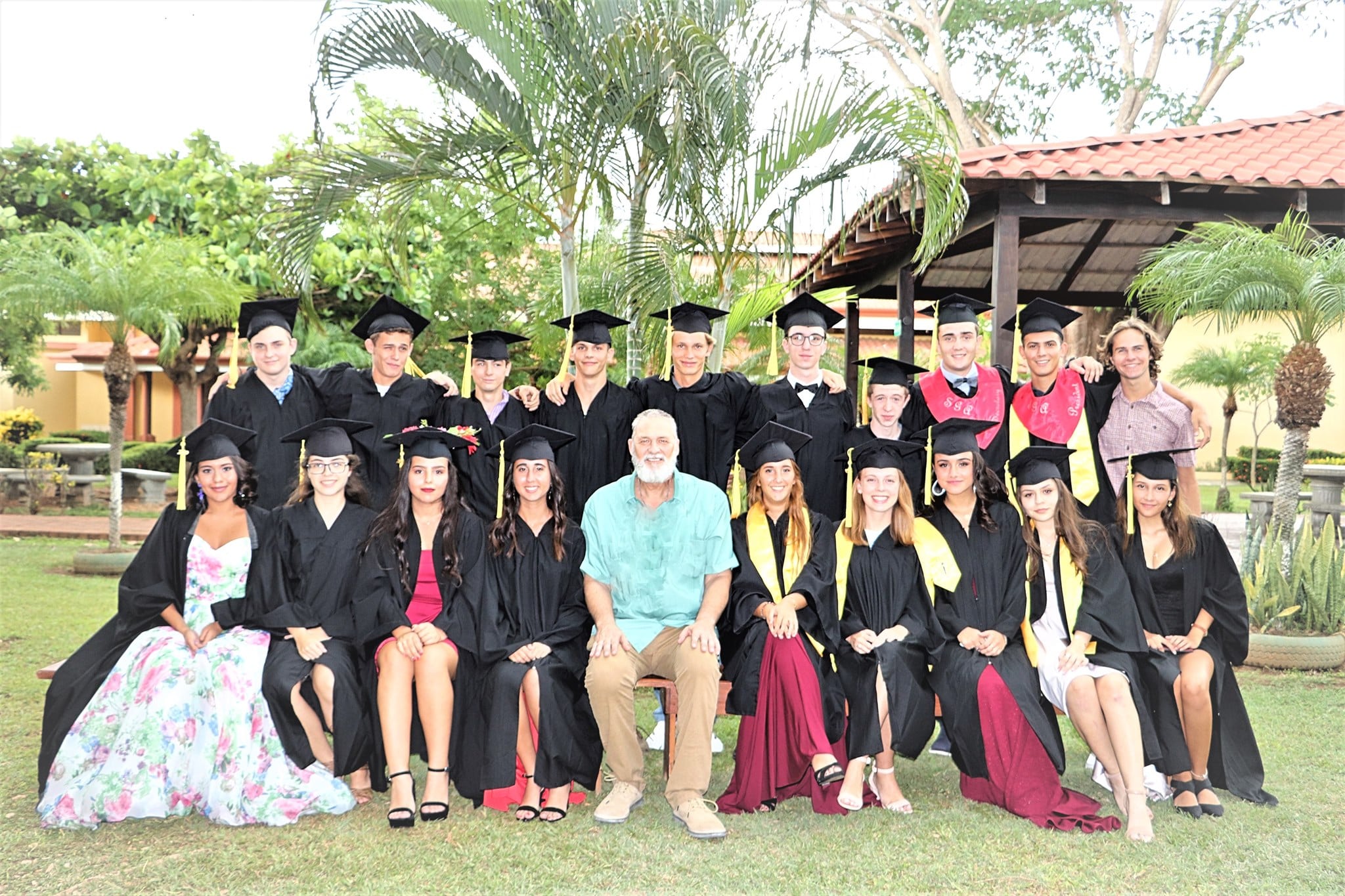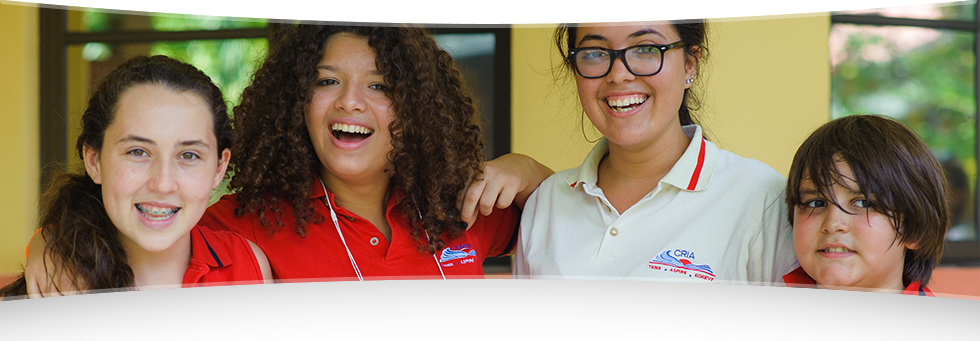 You’re a parent and that means you’re absolutely sure that you want the absolute best for your child or children. Defining that “best” is the hard part, especially when considering international schools in Costa Rica: What do all these acronyms mean, does the school align with your priorities and, most importantly, will your kid(s) be happy there?
You’re a parent and that means you’re absolutely sure that you want the absolute best for your child or children. Defining that “best” is the hard part, especially when considering international schools in Costa Rica: What do all these acronyms mean, does the school align with your priorities and, most importantly, will your kid(s) be happy there?
These nine questions will help.
#1: What is the school’s vision and mission statement? How do they work to achieve these goals?
 It’s important that your vision and goals as a parent are seen, understood, and reflected in the school you ultimately choose for your child or children.
It’s important that your vision and goals as a parent are seen, understood, and reflected in the school you ultimately choose for your child or children.
The best schools in Costa Rica will know this and embrace your questions. Their academic mission and vision should be very clear on their website and throughout all communications. And ultimately, these should resonate with you: Your values, vision, and mission should align well with the school you choose.
 At CRIA: We are proud of our vision and mission, which we share clearly on our website and embody throughout all our practices and policies. We value strong academics and our mission is to provide a college preparatory program from Toddler to Grade 12; our curriculum is aligned to prepare students for success in tertiary education.
At CRIA: We are proud of our vision and mission, which we share clearly on our website and embody throughout all our practices and policies. We value strong academics and our mission is to provide a college preparatory program from Toddler to Grade 12; our curriculum is aligned to prepare students for success in tertiary education.
#2: What is the school’s academic approach and what international school curriculum do they use?
School shopping can be challenging, even when you’re on your home turf. Visiting and interviewing international schools in Costa Rica is an even greater challenge, especially when you’re juggling multiple curriculums, accreditations, and all manner of monikers, acronyms, and labels.
The basic takeaway is this: Most international schools offer some type of international curriculum, usually associated with a country (ex. U.S., British, Singapore, etc.) or the International Baccalaureate (IB) diploma. Both the content that they teach and the ways that they teach that content are dependent, at least in part, on that curriculum. This curriculum is of particular importance if you’re only spending a set amount of time abroad or your student(s) plan to attend a non-Costa Rican university.
 At CRIA: Our English-based, dual-language curriculum foundation is adapted from the Virginia State Standards of Learning (SoL). CRIA’s standards-based curriculum begins in the early years and culminates in a college preparatory Advanced Placement (AP) program and our dual enrollment program with Grand Canyon University, which allows our students to earn credits not only for high school but toward their college transcripts.
At CRIA: Our English-based, dual-language curriculum foundation is adapted from the Virginia State Standards of Learning (SoL). CRIA’s standards-based curriculum begins in the early years and culminates in a college preparatory Advanced Placement (AP) program and our dual enrollment program with Grand Canyon University, which allows our students to earn credits not only for high school but toward their college transcripts.
#3: What accreditation does the school hold?
 This is the perfect follow-up to the above question – and an incredibly important consideration for ALL parents, regardless of your residency permanence, future goals, and all other factors.
This is the perfect follow-up to the above question – and an incredibly important consideration for ALL parents, regardless of your residency permanence, future goals, and all other factors.
First things first: Only choose an accredited school. (Believe it or not, non-accredited schools exist.) Accreditation is academic shorthand for quality assurance and quantifiable benchmarks: a strategic focus on academic outcomes within a balanced program, which is then externally accredited by an accrediting agency recognized by the US Department of Education (or by Cambridge, in UK curriculum schools).
 At CRIA: You may be surprised to learn that some of the best schools in Costa Rica are not dually accredited. In fact, CRIA is the only U.S. and MEP-accredited school in Guanacaste province. We have both U.S. accreditation (MSA) and Costa Rican (MEP) accreditation (link is a download), which means that your student will receive transcripts and a diploma recognized both by the U.S. and Costa Rica.
At CRIA: You may be surprised to learn that some of the best schools in Costa Rica are not dually accredited. In fact, CRIA is the only U.S. and MEP-accredited school in Guanacaste province. We have both U.S. accreditation (MSA) and Costa Rican (MEP) accreditation (link is a download), which means that your student will receive transcripts and a diploma recognized both by the U.S. and Costa Rica.
#4: Is it easy for students to transfer to Costa Rican, U.S., or international private schools? What is the international college acceptance rate?
A perfect follow-up to the follow-up, this question digs into the heart of the matter: Accreditation ensures quality and curriculum influences learning, but everything comes down to your lifestyle and future goals. Do you plan to live in Costa Rica forever? Do you already have a date to return “home” (and transition your kids back to school there)? Will your children attend university abroad?
 At CRIA: Life has taught us never to say never, so we help you hedge your bets all-around. With dual accreditation (U.S. and Costa Rica) and an international college preparatory curriculum, we make it easy for students to transfer to U.S. or Costa Rican primary/secondary schools, as well as for acceptance to Costa Rican, U.S., and international universities. We have a 100% graduation and college acceptance rate, and our recent acceptances include Brown University, Seton Hall, Bucknell University, Carnegie Mellon University, the University of Florida, and UC Berkeley.
At CRIA: Life has taught us never to say never, so we help you hedge your bets all-around. With dual accreditation (U.S. and Costa Rica) and an international college preparatory curriculum, we make it easy for students to transfer to U.S. or Costa Rican primary/secondary schools, as well as for acceptance to Costa Rican, U.S., and international universities. We have a 100% graduation and college acceptance rate, and our recent acceptances include Brown University, Seton Hall, Bucknell University, Carnegie Mellon University, the University of Florida, and UC Berkeley.
#5: What is the makeup of the student body?
While almost all international schools in Costa Rica offer a certain level of diversity, however you define it, what you’re really looking for is a good fit for your family.
Is there a majority nationality? What language dominates the lunchroom, hallways, and playground? Are there other students with a similar national background to your child or children? These questions all point to factors that will help your child to adapt. After all, a new school is challenging under any circumstance but can be even more so when linked to an international move to a country where English is not the dominant language.
 At CRIA: An essential part of our school life and education is internationality and we’re proud of our third, third, third demographic profile: one-third Costa Rican, one-third U.S., and one-third nationalities from 22 other countries – in total, students from 24 nationalities and teachers hailing from 8 countries.
At CRIA: An essential part of our school life and education is internationality and we’re proud of our third, third, third demographic profile: one-third Costa Rican, one-third U.S., and one-third nationalities from 22 other countries – in total, students from 24 nationalities and teachers hailing from 8 countries.
#6: What is the class size and student-to-teacher ratio?
While any school can promise “individualized attention,” class size and student:teacher ratios both point to the true answer: The smaller the class size and the lower the student-to-teacher ratio, typically the more individualized the attention.
 At CRIA: Our average class sizes is 18 students and we have a 10:1 student-to-teacher ratio.
At CRIA: Our average class sizes is 18 students and we have a 10:1 student-to-teacher ratio.
#7: What facilities and amenities does the campus offer?

Costa Rica can feel very familiar at times. At others, the contrasts are stark. One such stark contrast, even at some of the best schools in Costa Rica, is campus size: Some are cramped by U.S. standards, offering little green space and few facilities.
Again, this is a question that helps align your expectations with reality: How big is the campus? How much outdoor space is available to students? What facilities (including academic) are available? The answers to these questions will help you form a mental picture of student life and school culture.
 At CRIA: Our campus unfolds over 32 acres of land and facilities that include science laboratories, a covered gym, a multi-purpose hall with theater/auditorium/cafeteria functions, a swimming pool, and multiple playfields and courts, among other facilities.
At CRIA: Our campus unfolds over 32 acres of land and facilities that include science laboratories, a covered gym, a multi-purpose hall with theater/auditorium/cafeteria functions, a swimming pool, and multiple playfields and courts, among other facilities.
#8: What extracurriculars and after-school activities are offered?
Another you’re-not-in-Kansas-anymore detail to consider, when interviewing international schools in Costa Rica: available extracurricular activities and after-school programs. They’re often not as plentiful as they were back home.
Whether your student loves to play basketball or occasionally needs some after-school tutoring, now is the time to ask about available curriculars, after-school programs, and their costs.
 At CRIA: We work to provide variety in our after-school and extracurricular programs. In addition to the Model United Nations, the National Honor Society, and a visual and performing arts program, we also offer a full roster of after-school activities and school sports, including track, cheerleading, artistic swimming, and soccer.
At CRIA: We work to provide variety in our after-school and extracurricular programs. In addition to the Model United Nations, the National Honor Society, and a visual and performing arts program, we also offer a full roster of after-school activities and school sports, including track, cheerleading, artistic swimming, and soccer.
#9: Worries? Concerns? Clarifications? Bring Your Own List of Questions!
No one knows your family or your student like you do. No one understands your academic expectations and goals as well as you do. That’s why we suggest (and even advocate) for you to build your own list of questions: Ask what matters to you and don’t be shy. The right fit will have the right answers for you.
So, whether you’re wondering about tuition & fees or special education in Costa Rica, cafeteria nutrition or the admissions process, we’re here to help. And when you’re ready to take the next step – to come, visit, and get your questions answered in person – we’d love to welcome you!
Get in touch to schedule a campus visit. We look forward to it!

